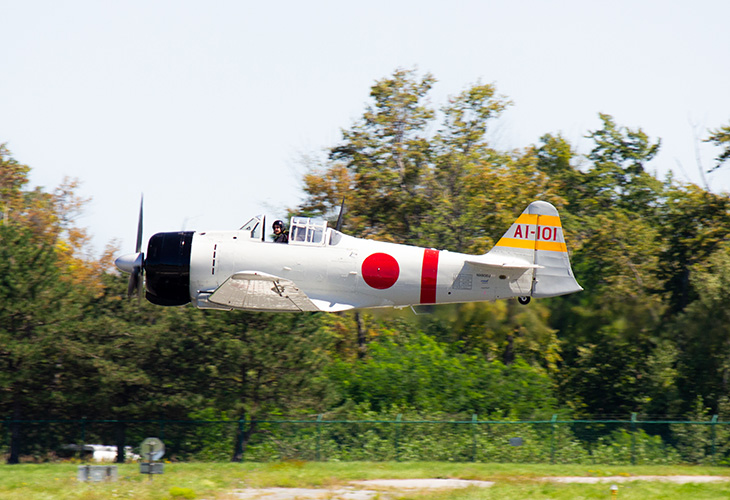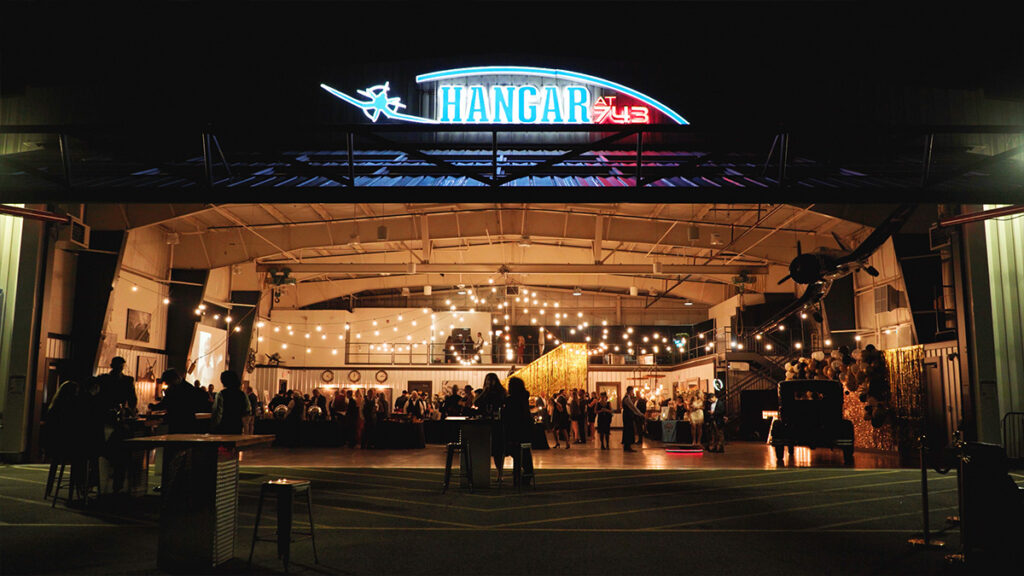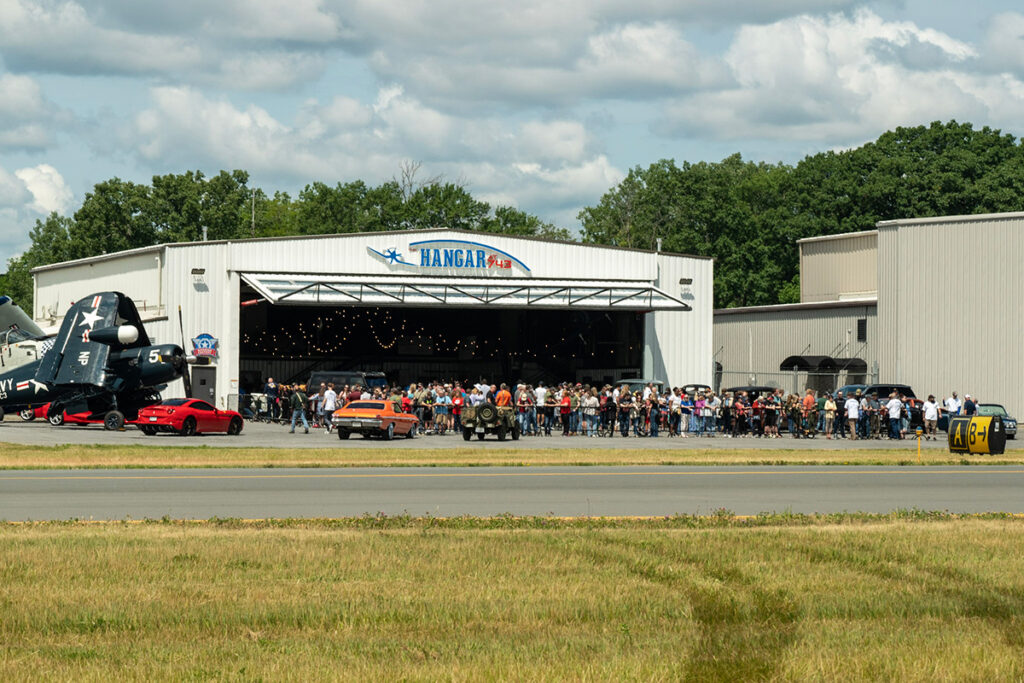Development and Introduction
Designed by Jiro Horikoshi, the Mitsubishi A6M Zero was introduced in 1940, and it quickly became a formidable fighter due to its impressive range, maneuverability, and firepower. These attributes made it vastly superior to any Allied fighter at the beginning of the Pacific War, contributing significantly to early Japanese successes.
Technical Specifications and Performance
The A6M was lightweight, which contributed to its agility. It was powered by a Nakajima Sakae radial engine, giving it a top speed of around 350 mph. Its armament typically included two 7.7 mm machine guns in the fuselage and two 20 mm cannons in the wings. The Zero’s range was exceptional, thanks to its fuel-efficient engine and the design’s emphasis on range and maneuverability over armor and robustness.
Operational History
The Zero saw action throughout the Pacific Theater, from the attack on Pearl Harbor to the battles of Midway, Guadalcanal, and beyond. Its dominance lasted until 1942-1943, when newer Allied aircraft like the F4U Corsair and the F6F Hellcat, which were designed to counter the Zero’s advantages, entered service. These aircraft offered better protection for the pilot, more powerful armaments, and they were able to match or surpass the Zero in many performance aspects.
Decline and Legacy
As the war progressed, the Zero’s vulnerabilities became more apparent. Its lack of protective armor for the pilot and fuel tanks, along with its relatively weak structure, meant that it could not withstand much damage. Additionally, the Allies’ improved tactics, such as the “Thach Weave,” exploited the Zero’s weaknesses in dogfights.
Despite its eventual overshadowing by newer aircraft, the A6M Zero remains a symbol of Japanese engineering prowess and a testament to the early years of the Pacific conflict. It also serves as a reminder of the rapid pace of technological advancements in military aviation during World War II.
The Zero’s legacy is preserved in several surviving aircraft, some of which have been restored to flying condition. These remaining Zeros serve as a living history, allowing modern generations to witness firsthand the technology and design of this legendary World War II fighter.



